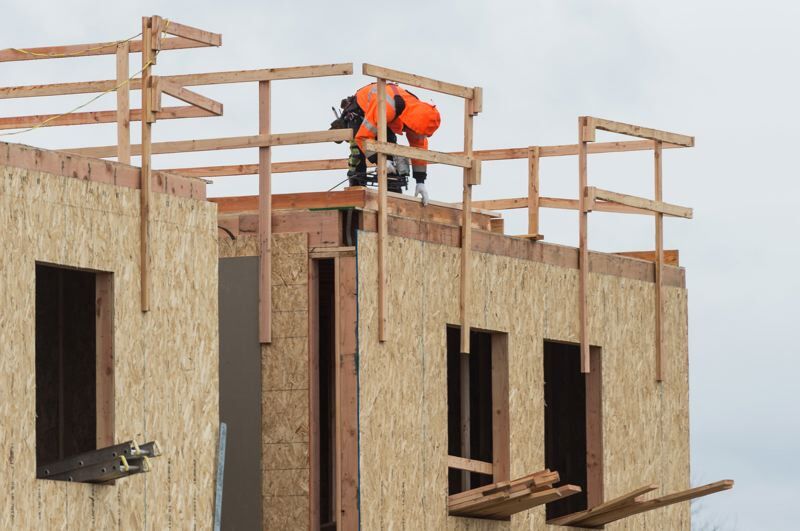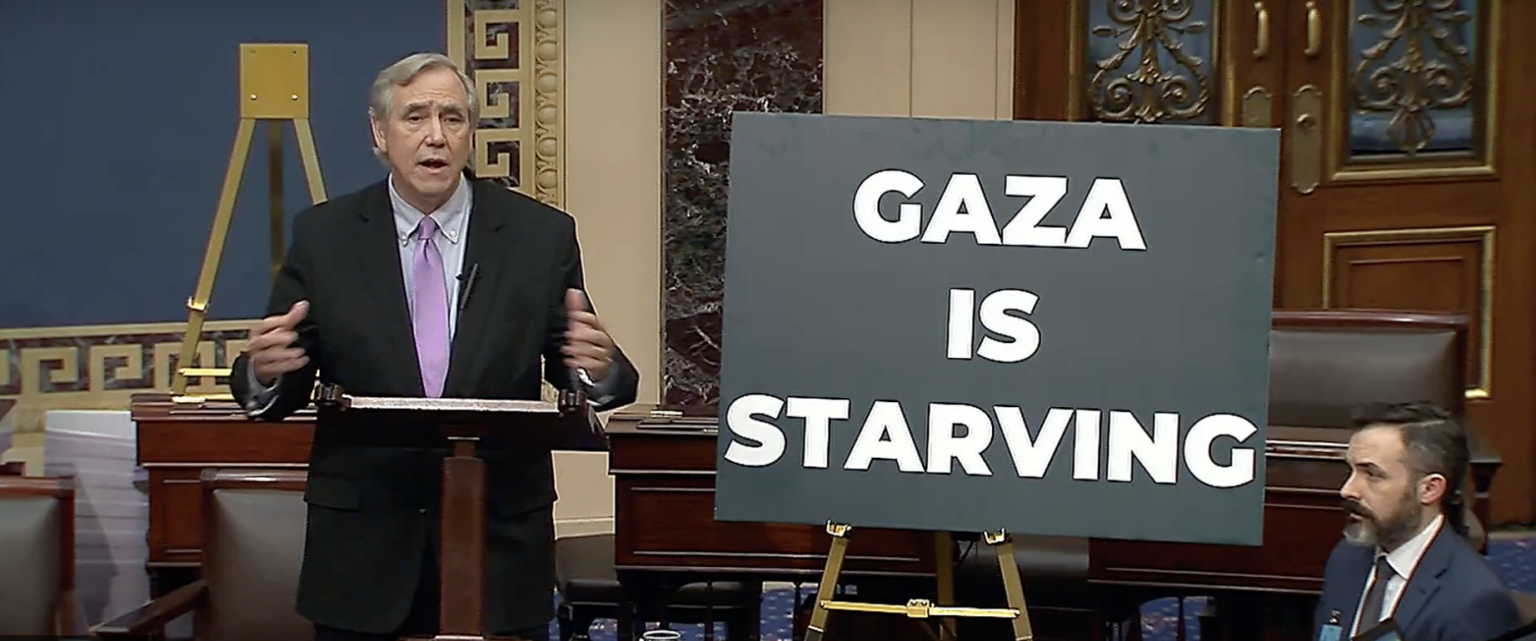Portland aims to slash 100 day building permit lag by 1/3
Published 12:00 am Wednesday, July 21, 2021

- A construction worker uses an air nailer on the third story of an apartment building at Forestplace Apartment Homes in 2018.
Portland City Hall has planted the goalposts as it works to cut the 100-plus-day lag time between submission and approval for residential and commercial building permits.
Trending
At present, it takes city planners an average of 98 days to OK blueprints for new construction of homes and apartments, while additions and alterations receive the stamp of approval in 63 days and 41 days, respectively.
For commercial projects, the baseline approval rate as of April this year was 107 days from start to finish, with additions taking 80 days and alterations taking 64 days.
Work cannot begin until the permits are signed off on by as many as seven bureaus — Development Services, Environmental Services, Fire & Rescue, Housing, Transportation, Urban Forestry and Water — and developers have long griped that the city’s process is far too cumbersome and prone to delays.
Trending
“People cannot believe that I try to work in the city of Portland,” said local homebuilder John Reilly, adding the process is “much easier” in neighboring Clackamas and Washington counties.
The city hopes to slash approval times by one-third — meaning the longest wait would be 71 days for a new commercial building permit, while the shortest would be slightly less than a month for a residential alteration permit.
A recently convened Permitting Improvement Task Force released several recommendations — and the top priority is ensuring that developers themselves are submitting tidy forms with the details squared away.
To that end, recent permit applicants will soon be surveyed regarding their ability to find information on the city’s website and asked whether they use the Bureau of Development Service’s 15-minute appointment program to answer questions before dropping e-files into the inbox.
The Transportation and Water bureaus’ requirements will be documented in writing, and the city’s online permitting portal, PDX, will have its user interface updated. More bureaus will be invited into the pre-screening process as well.
Once that is done, the city will focus on a second objective: improving permitting bureaus’ “performance management,” according to BDS spokesman Ken Ray. A project manager will be hired within the next few months, and the task force will continue to meet.
“For now, we’re focused on Objective #1: improving our information so we can better help customers improve the quality of their permit applications,” Ray said.
The committee additionally released a number of other recommendations that are unranked and not the focus of work yet, including:
• Create a conflict resolution convener for inter-bureau disagreements
• Increase BDS’ capacity via technology upgrades
• Update city’s building code guides
• Introduce separate “tracks” for projects of differing levels of complexity or applicant experience
• Reduce redundancy when multiple agencies review the same plan
• Complete the “Streets 2035” project that will help resolve common conflicts in public rights-of-way
DOZA approved
In related news, the City Council recently approved a package of building review codes known as the Design Overlay Zone Amendments.
As the Tribune , these special building zones are generally found in mixed-use areas, and under the new rules builders will be allowed to bypass the city’s design review process in many cases, thereby speeding development.







